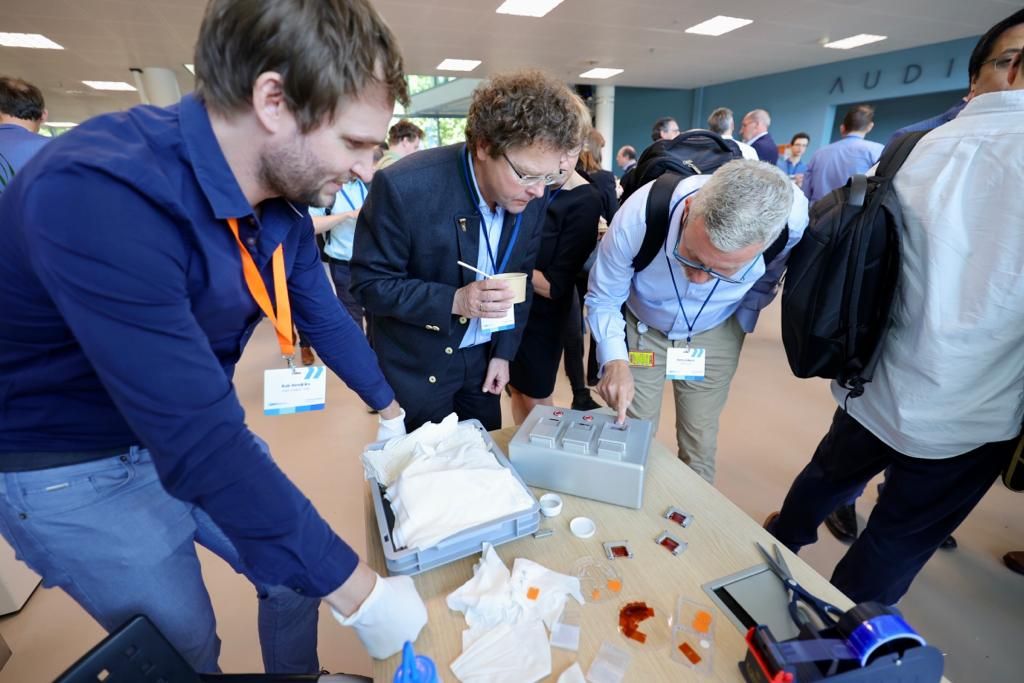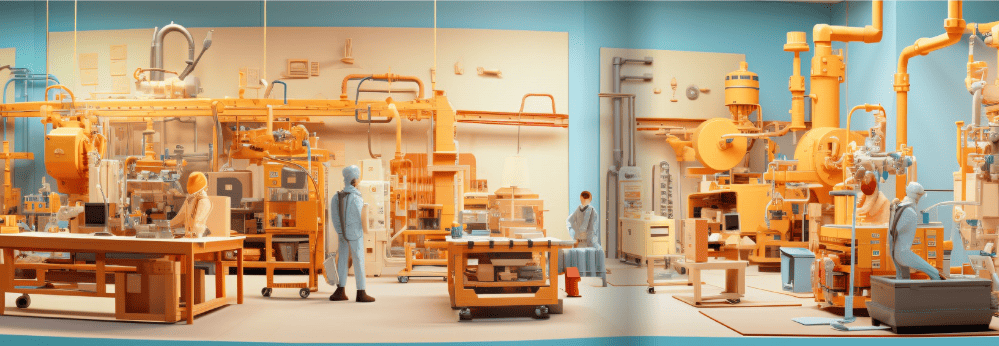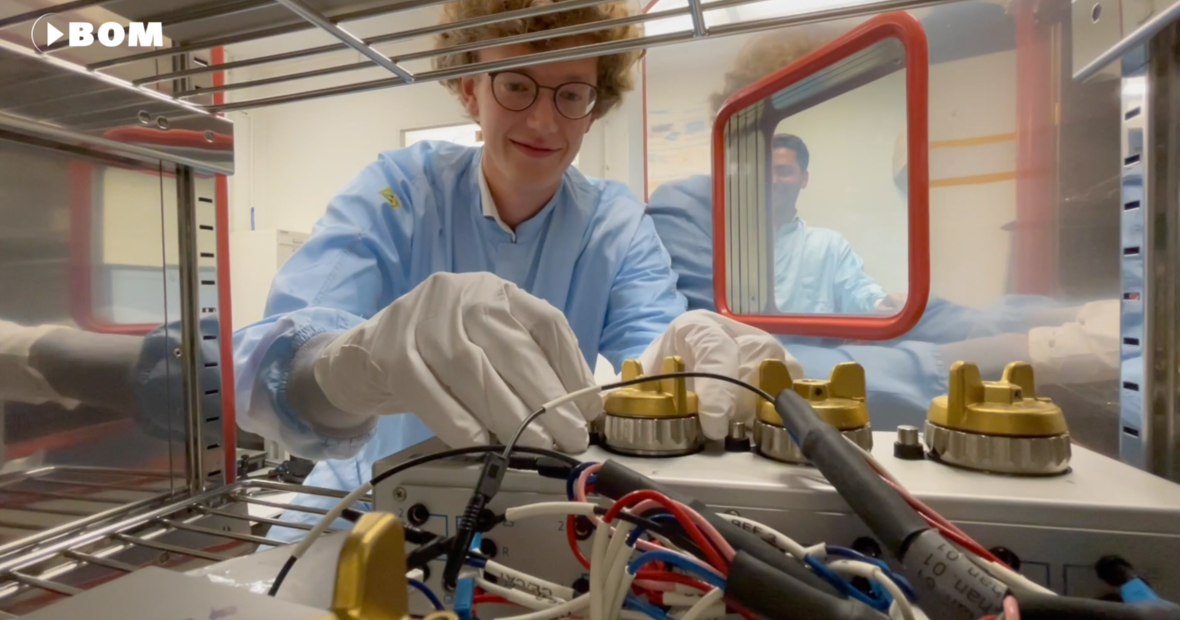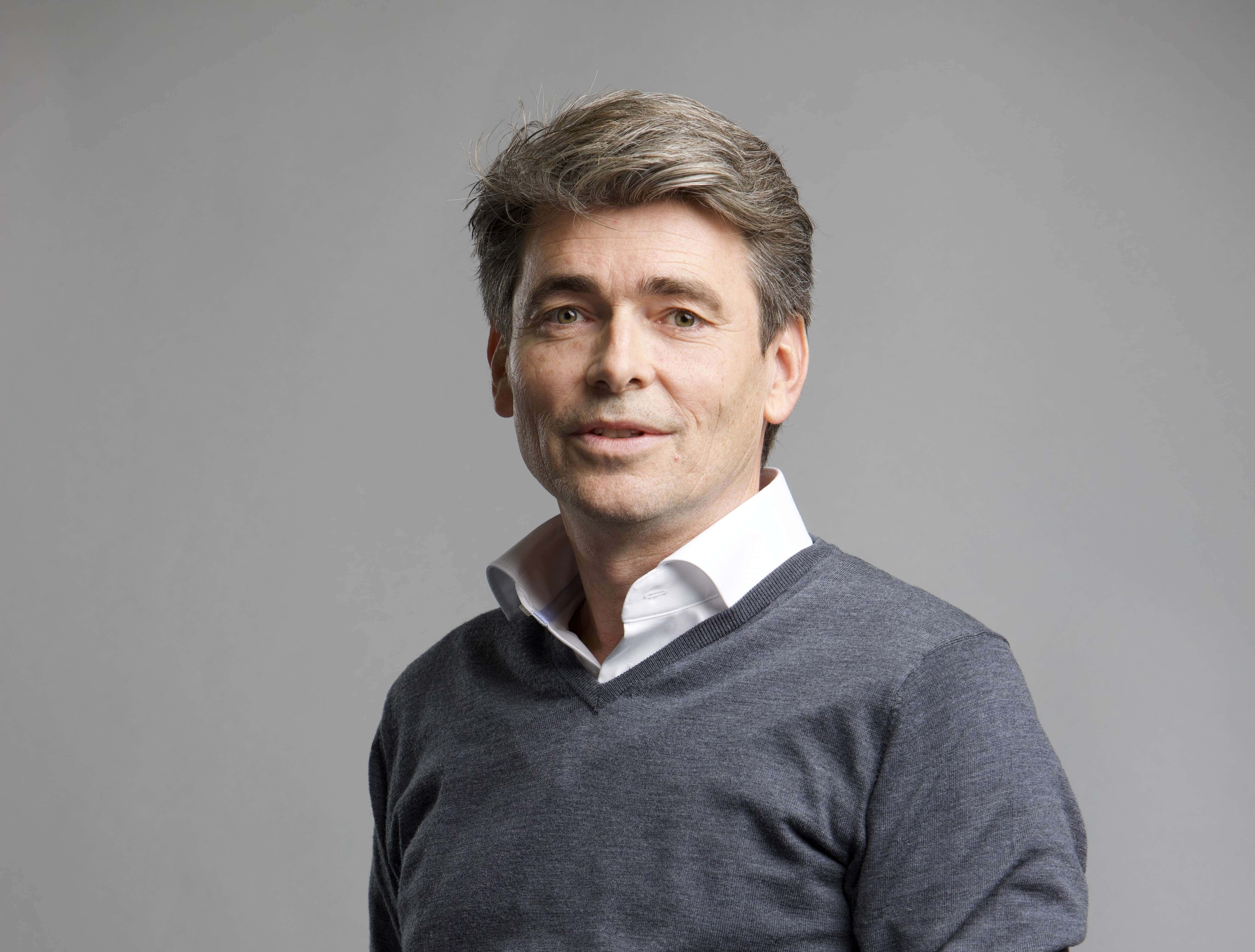
Devices are becoming more powerful; their components smaller and more complex. How do you still get the electronic connections for that manufactured reliably – and preferably not too expensively? Well, with Impulse Printing. And let that be Fonontech’s specialty.
Deep-tech start-up FononTech recently landed €2.3 million in a seed investment round. Five investors are participating, using the funds to develop their printed micro-electronics technology further. FononTech was founded in 2022 as a spin-off of TNO at Holst Centre in Eindhoven. CEO Rob Hendriks is optimistic about the market opportunities: “We expect the market for microelectronics assembly to double to around €78 billion in the coming five years. We are delighted with our investor’s faith in us that we will win a big share of this.”
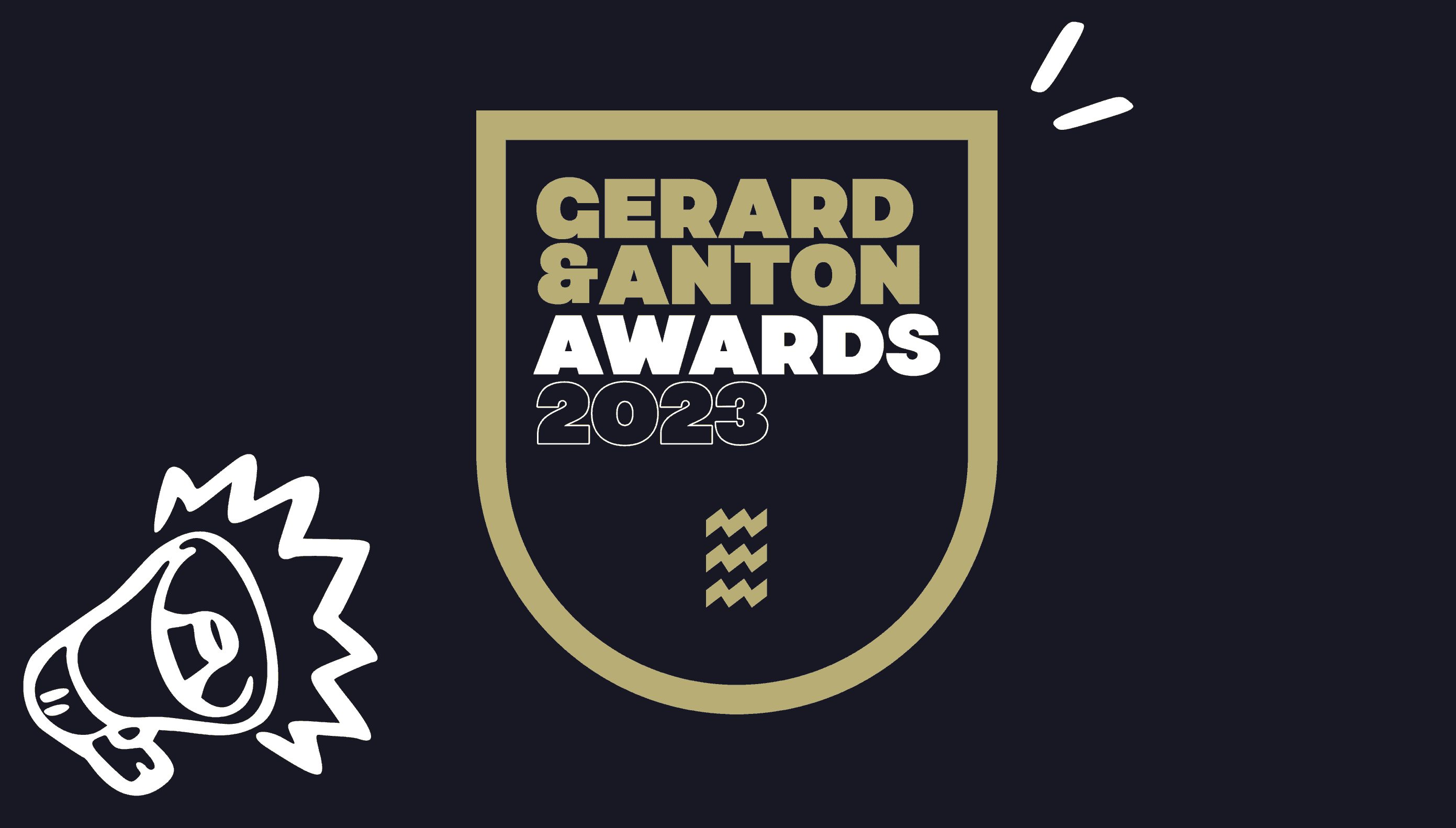
Microelectronic parts are becoming smaller and smaller and are placed ever closer together, often in complex, layered structures. Electronically connecting these parts to each other is more and more challenging, and increased miniaturization and integrated electronics demand better performance and greater functionality. Traditional manufacturing techniques are stretched to the limit; with its Impulse Printing Technology solution, Fonontech aims to push through this limit.
- The Gerard & Anton Awards ceremony highlights 10 promising start-ups each year.
- FononTech was one of the 2023 winners.
- This start-up offers an Impulse Printing Technology solution that enables printing wrap-around electrodes at very high speed.
FononTech claims that the ecological impact of microelectronics manufacturing can be reduced by a factor of 1000 with its new technology. Impulse Printing is an additive process, copying a pattern thousands of times at very high speed while only depositing material in required places. The international semiconductor and display market is already strongly interested in FononTech’s technology. Hendriks: “Our ambition is to become the global market leader in sustainable assembly and manufacturing of microelectronics.”
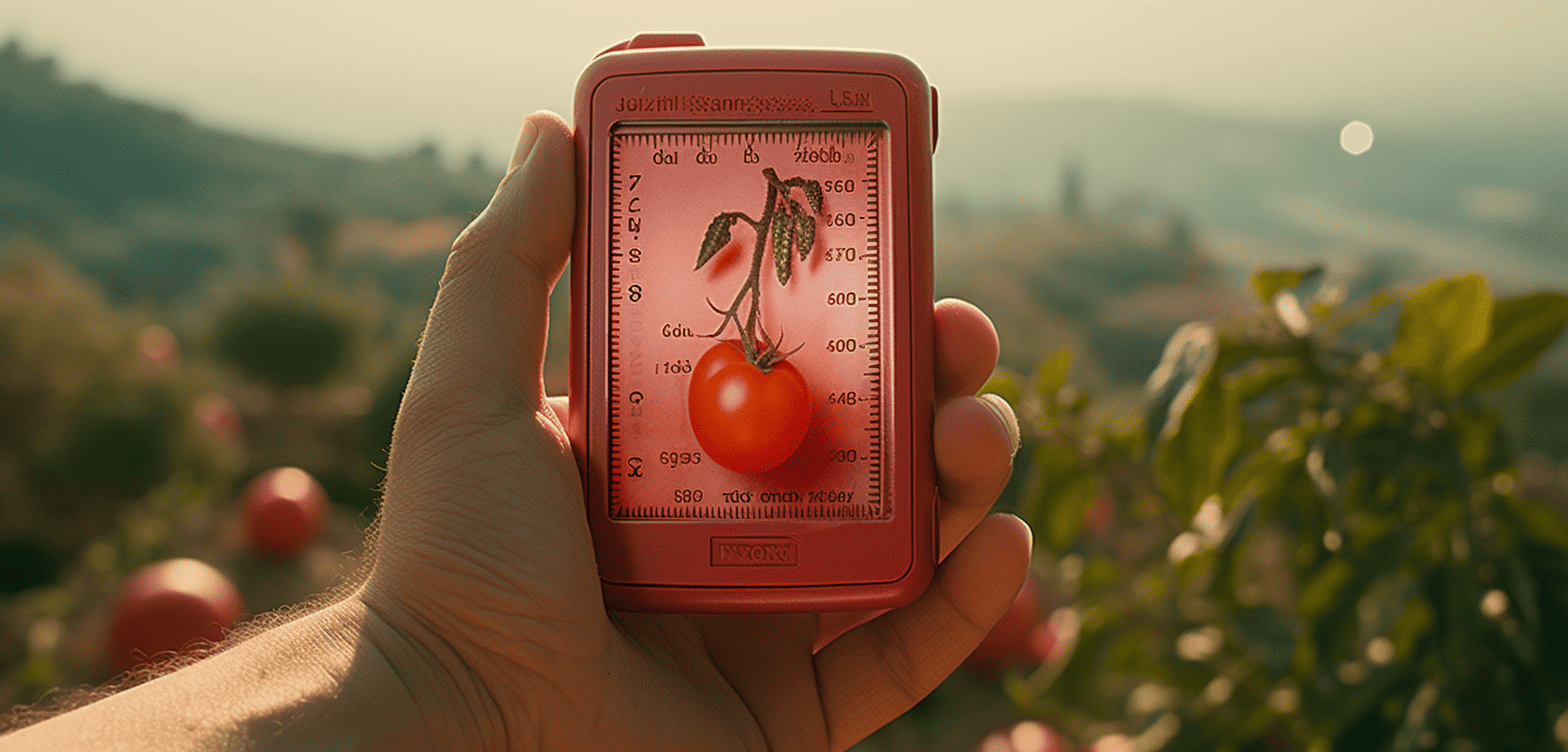
More chiplets, smaller volume
To get there, FononTech needs to fathom the markets it is operating in. Hendriks: “We build high-end equipment for the semiconductor and display industries. The semiconductor market is mainly about advanced packaging, where more and more small chiplets are crammed into a smaller volume. They would like to get rid of wire bonding because it is slow, takes a lot of volume, and cannot be made smaller. The display industry has been trying to find a cost-effective and scalable method to wrap around electrodes for years. These electronic connections connect the front of the display, where the pixels are, to the back, where the control electronics are. With wrap-around electrodes, it becomes possible to create bezel-less displays. This allows you to make infinitely large displays by combining all the small displays. Our Impulse Printing technology can print these wrap-around electrodes at very high speed and cost-effectively.”
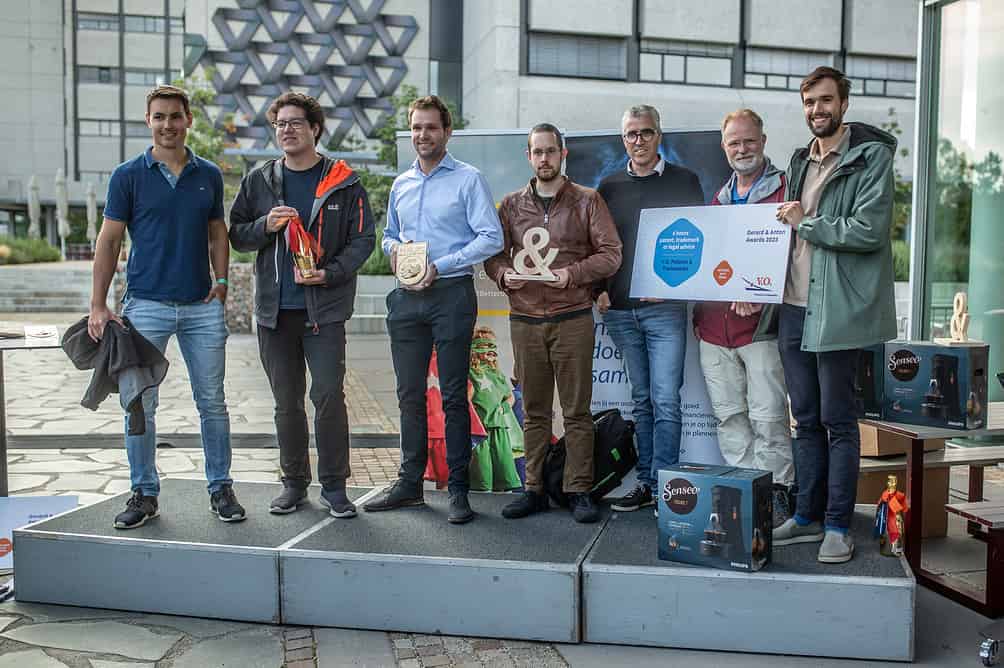
Hendriks expects the miniaturization of nanoscale transistors will hit its limits over the next ten years, making it increasingly important how these microchips – or chiplets – are packaged. “It is expected that advanced micro-scale packaging will be necessary to keep Moore’s Law alive.”
Even with the recent funding round and high expectations like these, FononTech had some challenges to overcome in the past period. Hendriks gives an example: “Proving that the heating element in the Impulse plate can heat more than 1,000 times at lightning speed without breaking down. Our business model only works if an Impulse plate can print more than 1,000 times. Otherwise, the cost of ownership becomes too high for the end customer.”

Demo Kit
With the Impulse Demo Kit – in fact, a small printer in a box – FononTech has proven that the concept could really work. “It has put us on the map with the industry and led to the funding needed to develop the Impulse Beta.”
FononTech is part of the Brainport Eindhoven ecosystem, which can be helpful in its development. “We build high-tech machines, and Brainport Eindhoven is among the best ecosystems in the world for building complex machines. There are many companies in the region with specific areas of expertise that we need to develop our machines.” Still, the region has its challenges as well. Most importantly, being able to adapt to economic expectations. Hendriks: “We need more housing, given the growth in the region.”
As a winner in the ninth round of the Gerard & Anton Awards, FononTech is part of an already strong tradition. Which of the eighty former winners stands out for Rob Hendriks? “LionVolt. Making batteries lighter, smaller, and more efficient is crucial for all future electronic products. Just miniaturizing electronics is insufficient, as today’s batteries still claim much of the volume.”



